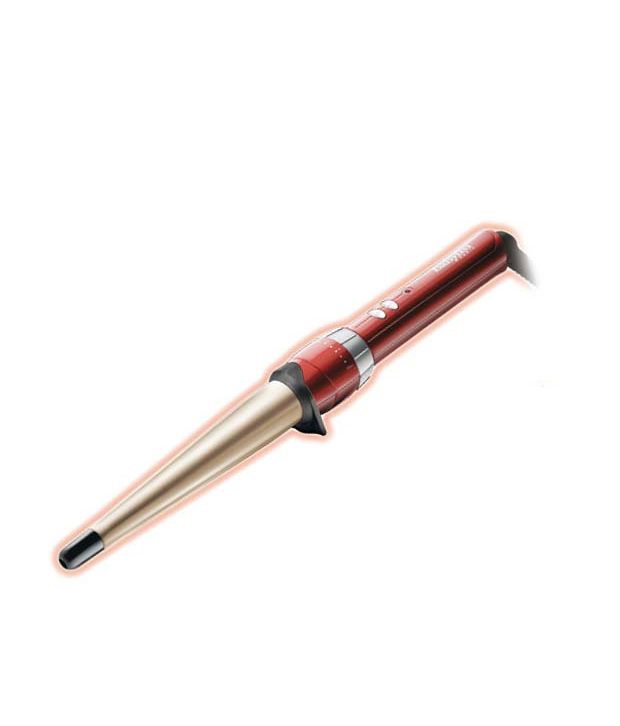

Specifically formulated for 2B hair, this shampoo works well. Depending on how often you wash your hair and how much styling product you use between washes, you might need a legitimate shampoo to cleanse your scalp and strands. The problem is that if you don’t use the right products every day, it can turn into a messy bun or hat day. There is something glorious about 2B hair. In balayage, stylists hand-paint color on the outer layer of hair with type 2B. With a spritz of salt spray, you can create that beachy look with little effort. The hair of type 2B curls from the midpoint to the ends, just as it does with type 2A. You can make the texture of your waves appear more uniform by coating your hair cuticles with just a dime-size amount of product. Serums impart shine, smoothness, and hydration without looking oily or sticky. Lightweight hair serum can help you achieve this. To define those waves, stylists recommend boosting the base with a light mousse or gel.ĭefining and enhancing your 2A waves while avoiding product buildup is the key to getting the smooth texture you desire. Avoid oil-based or creamy products if you want to avoid flattening that wave. From eye level to the ends, you have a loose, undefined wave. Your hair is fairly straight from the roots to around eye level. Type 2 hair is naturally tousled and gentle. People with straight, oily hair benefit from dry shampoo because washing their hair too often can cause their scalp to overproduce oils. It is also a good idea to use dry shampoo. Instead, texture sprays are recommended for straight or fine hair. We recommend the same for both styles 1 and 2.

Oily hair can overshadow the brilliant straight texture of type 1B hair without the right tools and products. As type 1B hair has a thicker texture than type 1A, products can build up and make the hair and scalp greasy. With its medium-thick texture, each strand is easy to handle and hold. There is a subtle bend or wave to type 1B hair, even though its overall appearance is smooth and straight. Type 1Bĭespite being consistently straight, type 1B hair tends to have slightly more volume and body than type 1A hair.

Hair types 1A benefit most from pre-shampoo strengthening and moisturizing treatments. In order to remove these excess oils and prevent itchiness and limpness, shampoo daily or every other day. Type 1A hair, which is naturally fine, tends to get greasy roots faster than other hair textures. Type 1 hair tends to be oily, so many stylists recommend checking the label to make sure the product you’re buying won’t add extra oil to your hair. There is a specific routine for each type of hair. Rain or shine, it maintains a consistently silky texture. This texture has the advantage of maintaining its shine effortlessly. The strands of type 1A hair are extremely fine, so they easily fall out or shed. Thinness is another characteristic of type 1A hair. This is a flat, straight surface with no hint of curl or wave. → The best way to style and care for your hair type Type 1: Straight Type 1A In spite of its simplicity, it isn’t as simple as most attempts to define human characteristics. There are further subcategories based on the tightness or looseness of the curls and coils. Knowing what each type needs is the key to styling it well and maintaining its health. You may have straight hair at the root and wavy hair at the ends. Your crown could be type 4C and your temples could be type 4A. Although it may seem simple, defining human characteristics isn’t easy. Oprah Winfrey’s stylist for decades, Andre Walker, devised a system that categorizes hair according to four curl patterns:Ĭurls and coils are further divided into subcategories based on their tightness or looseness. The genetic characteristics of your hair are reaffirmed each time it grows. Heat and chemicals can alter your curl pattern – hairstyles, and hormones and medications can change your curl pattern somewhat, but your basic curl pattern is inherited from your parents. Genetics determines the type of hair you have.


 0 kommentar(er)
0 kommentar(er)
